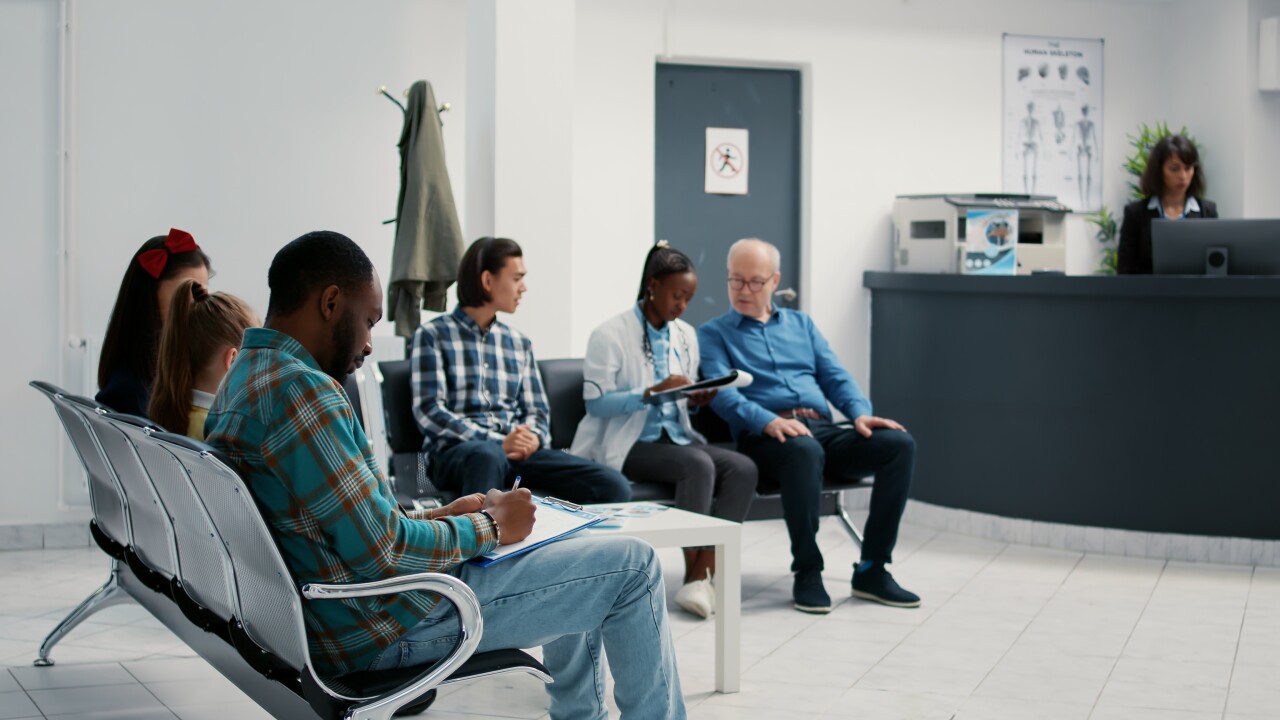Employees are so confused by their healthcare plans that they’re avoiding seeking care all together.
Sixty-nine percent of employees avoided going to the doctor or taking medications as prescribed due to the cost and a
Read more:
COVID has made employee benefits crucial for many, yet
“Employees are weighed down by lingering uncertainty about the pandemic, fears about their health and ever-present discomfort with our healthcare system,” Justin Holland, HealthJoy founder and CEO, said in a release. “Worryingly, they reported uncertainty about critical employee benefits such as telemedicine and EAP.”
Employees are very anxious about how they can
Read more:
Despite these findings, employers have ramped up their benefit offerings throughout the pandemic, and
“If your EAP is not being promoted enough to be highly visible, employees with complicated COVID-related issues could remain underserved,” says Kathleen Greer, founder of HR firm KGA. “When promoted effectively by employers, EAPs can offer a helping hand to effectively guide people from the workplace to counseling or other needed resources.”
Read more:
Employers must properly educate employees on their benefit offerings: the average employee spends less than 20 minutes enrolling in their healthcare plan, according to PlanSource, a benefits administrator firm.
HealthJoy found that employees want to engage with their healthcare plans through digital communication, like apps and email, as opposed to more traditional methods like a benefits packet. HR teams should
“Rather than limiting benefits education efforts to open enrollment, HR teams can consider implementing a year-round communication strategy to get ahead of employee questions and encourage consumerism,” Holland said in the report. “To determine the medium, HR can weave in employees’ preferred communication methods, apps and email in conjunction with tried-and-true materials like the benefits booklet.”






